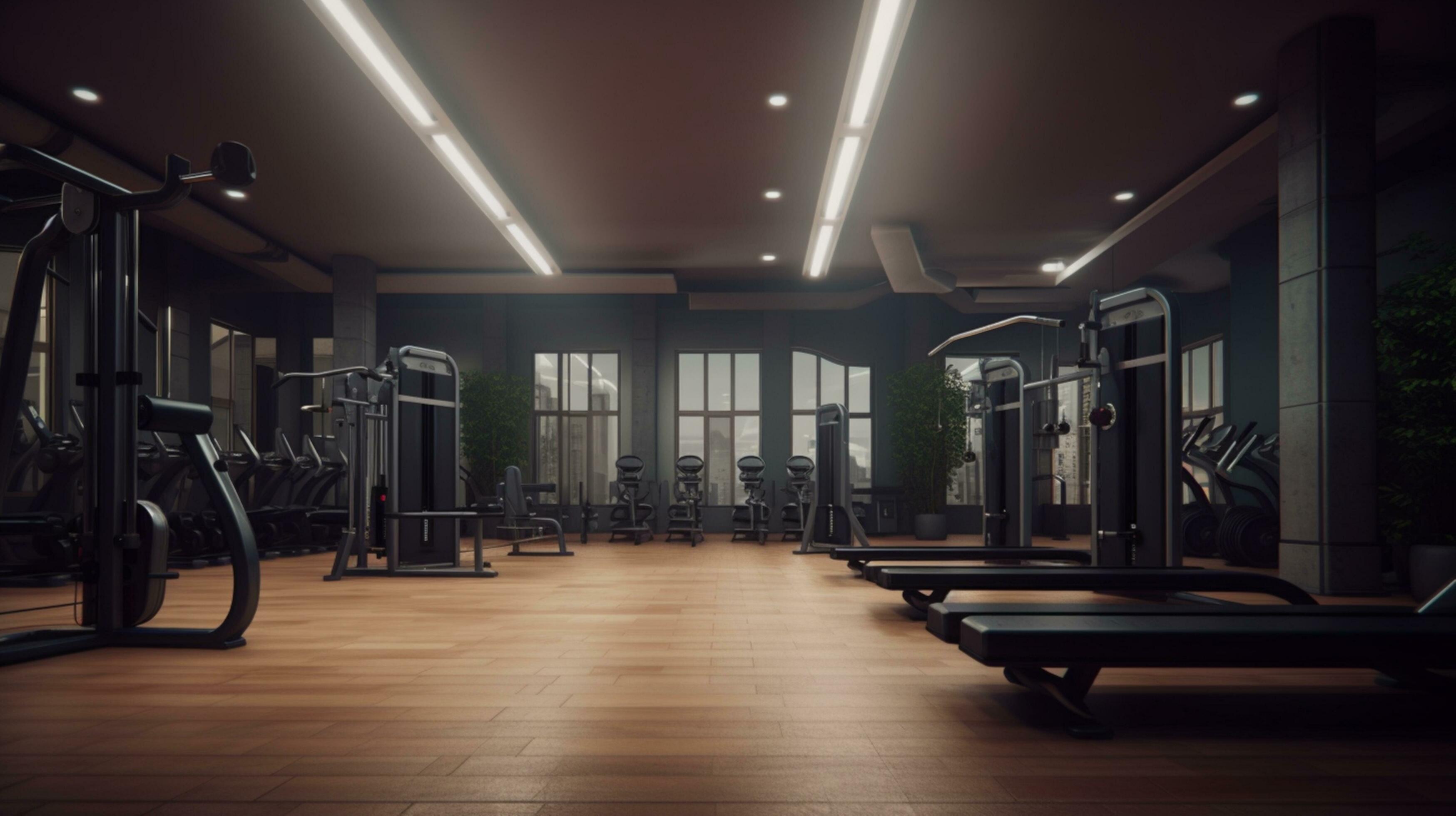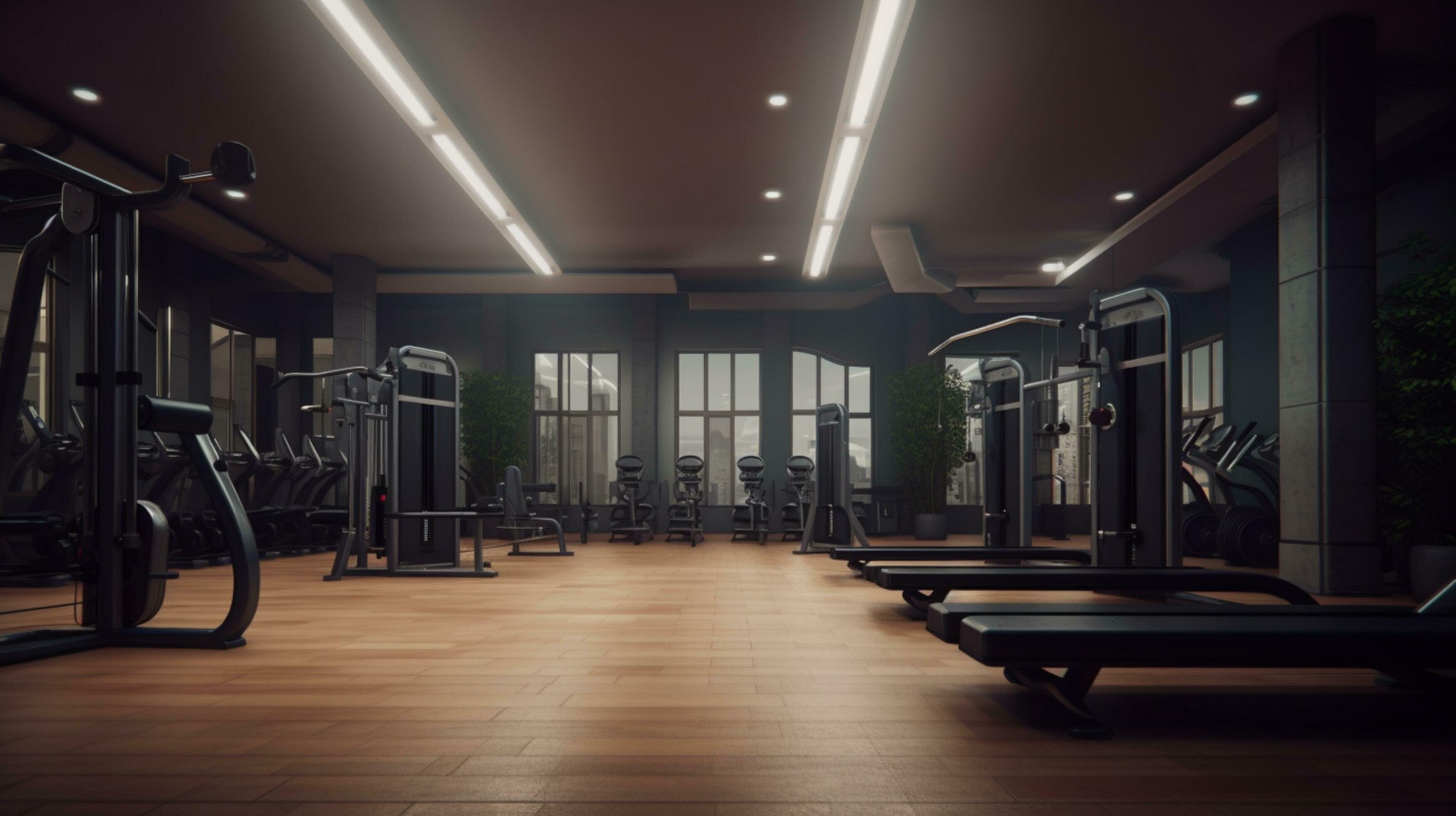-


Steelflex PLLA Heavy Duty Plate Loaded Lat Pulldown Machine - Adjustable Ergonomic Design for All Fitness Levels
Regular price $1,279.00Sale price $1,279.00 Regular price -
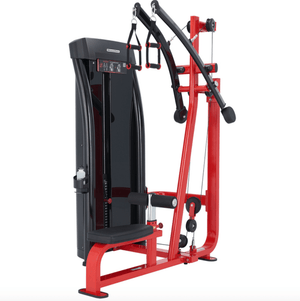
Steelflex JGLM300 Lat Pulldown Machine
Regular price $4,738.00Sale price $4,738.00 Regular price -
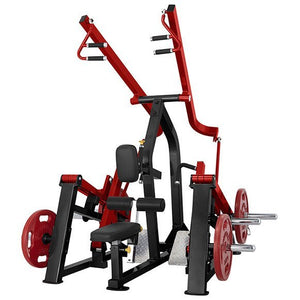
Steelflex PL2200 Lat Pulldown Back Row Machine
Regular price $3,750.00Sale price $3,750.00 Regular price -


PRx Performance Profile® PRO Functional Trainer
Regular price From $2,149.99Sale price From $2,149.99 Regular price -
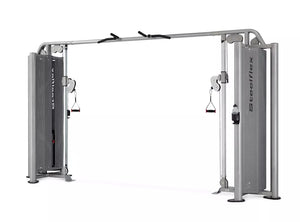
Steelflex JG2000 Commercial Cable Crossover
Regular price $6,270.00Sale price $6,270.00 Regular price -
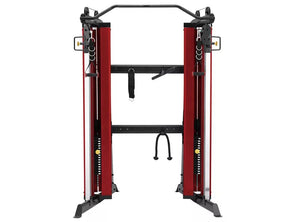
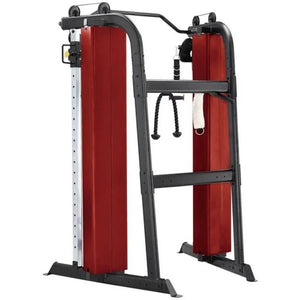
Steelflex CLDCC Club Line Functional Trainer
Regular price $2,510.00Sale price $2,510.00 Regular price -
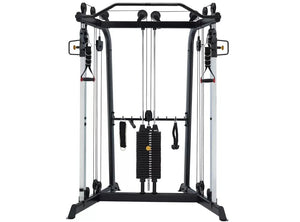
Steelflex CLSCC Single Cable Column Functional Trainer
Regular price $1,999.00Sale price $1,999.00 Regular price -
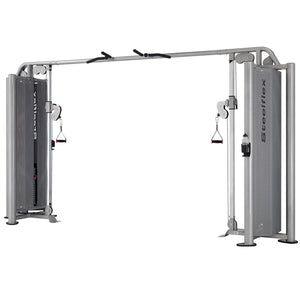
Steelflex JG2000 Commercial Cable Crossover
Regular price $7,838.00Sale price $7,838.00 Regular price
Functional Trainers & Cable Machines
Transform your home gym with professional functional trainers and cable machines engineered for total-body strength, athletic performance, and movement versatility. Our collection features dual cable machines, home gym cable systems, and functional training equipment built with commercial-grade components for decades of smooth, consistent resistance training.
- Dual Cable Machines: Adjustable dual pulley systems with independent weight stacks for bilateral and unilateral training across unlimited movement patterns.
- Functional Trainers: Complete home gym cable systems with rotating pulleys, multiple attachment options, and smooth cable action for sport-specific movements.
- Cable Crossover Systems: Commercial cable machines with wide stance positioning and high weight stack capacities for serious strength development.
- Functional Training Equipment: Professional-grade pulleys, cables, and attachment points supporting explosive, rotational, and multi-planar exercises.
- Space-Efficient Design: Compact functional trainer footprints that deliver full-gym versatility in home gym cable system configurations under 8 feet wide.

Frequently Asked Questions
What's the difference between a functional trainer and a cable machine?
Why choose a dual cable machine over a single cable system?
How much space does a home gym cable system require?
What weight stack capacity do I need in a functional trainer?
Can a functional trainer replace all my other gym equipment?
What attachments come with functional training equipment?
Are cable machines smooth and quiet during use?
How do I maintain a home gym cable system?
Can I do Olympic lifts on a functional trainer?
What's better: a functional trainer or a cable crossover?
Do functional trainers work with different ceiling heights?
Are functional trainers worth the investment for home gyms?
Buying Guide
System Type
- Functional Trainer: Dual adjustable pulleys (6-7' wide) for maximum exercise variety in compact footprint.
- Cable Crossover: Wide stance system (8-10' wide) with higher weight capacity for pure strength training.
- Single Cable: Space-saving option for unilateral work, limited to one-side exercises at a time.
Construction & Capacity
- Weight Stacks: 150-210 lbs per side for home use; 200-300 lbs for advanced lifters and commercial settings.
- Frame Quality: 11-14 gauge steel construction with powder-coat finish for durability and stability.
- Cable System: Aircraft-grade cables with sealed bearing pulleys for smooth, quiet operation under load.
Features & Attachments
- Pulley Adjustability: Multiple height positions or continuous adjustment for unlimited exercise angles and planes.
- Included Attachments: Straight bar, rope, handles, ankle strap minimum; premium models include rotating handles.
- Optional Add-Ons: Pull-up bars, dip stations, leg press attachments expand functionality significantly.
Featured Functional Trainers

CLSCC Single Cable $1,999
Single cable column functional trainer with adjustable pulley for space-efficient unilateral training.

Profile PRO Trainer $2,150
PRx Performance dual cable functional trainer with wall-mount design and professional features.

CLDCC Dual Cable $2,510
Club Line dual cable functional trainer with independent weight stacks and adjustable pulleys.

JG2000 Crossover $7,838
Commercial cable crossover system with wide stance and heavy-duty dual weight stacks.
Key Benefits
Dual cable machines support 100+ movements across all planes of motion, including pressing, pulling, rotating, and sport-specific patterns impossible with fixed machines.
Cable machines maintain consistent resistance throughout full range of motion, maximizing muscle tension and time under load compared to free weight movements.
Functional trainers with independent weight stacks allow true single-arm and single-leg exercises to identify and correct strength imbalances between sides.
Home gym cable systems enable explosive, rotational, and multi-planar movements essential for sports performance and functional strength transfer to real-world activities.
Cable machines eliminate drop risks and provide controlled resistance perfect for training to failure, rehabilitation work, and exercising alone without spotters in your home gym.
Functional training equipment delivers full-gym functionality in compact footprints, replacing multiple machines and free weight stations with one versatile dual cable system.
Compare Options
| Model | Type | Best For | Price | Shop |
|---|---|---|---|---|
| CLSCC Single Cable | Single Cable Column | Budget-conscious home gyms, unilateral training in tight spaces | $1,999 | View Details |
| Profile PRO Trainer | Dual Functional Trainer | Space-saving wall-mount design with premium PRx quality | $2,150 | View Details |
| CLDCC Dual Cable | Dual Functional Trainer | Complete home gym cable system with club-level features | $2,510 | View Details |
| JG2000 Crossover | Cable Crossover | Commercial-grade strength training with wide stance and heavy capacity | $7,838 | View Details |
Space & Setup
| Consideration | Recommendation |
|---|---|
| Floor Space | Functional trainers: 6-7 feet width × 3-4 feet depth. Cable crossovers: 8-10 feet width × 4-5 feet depth. Allow minimum 6-8 feet clearance in front for full cable extension and movement range. |
| Ceiling Height | 8-9 feet minimum for comfortable overhead pulling, pressing, and tricep movements. Taller ceilings (9-10+ feet) provide better clearance for tall users and full overhead cable extension on functional training equipment. |
| Flooring | Rubber gym flooring (3/8-3/4 inch) or high-quality mats protect floors from machine weight and any dropped attachments. Ensure level surface to prevent cable machines from rocking or shifting during heavy pulls. |
| Assembly Area | Functional trainers arrive partially assembled, requiring 10 × 10 feet clear area for unpacking and assembly. Budget 2-4 hours for assembly with 2 people. Commercial cable crossovers may need professional installation. |
| Electrical Requirements | No electrical needed - cable machines operate mechanically via weight stacks. Position near power outlet only if adding optional electronic counter or accessory tray with charging ports. |
| Attachment Storage | Plan storage for cable attachments near functional trainer (wall hooks, storage rack, or tray). Typical setups include 6-12 attachments needing organized, accessible storage within arm's reach of home gym cable system. |
Delivery Path Checklist
Cable machines ship in large boxes (up to 7-8 feet long for crossovers). Verify doorways, stairwells, and hallways can accommodate delivery to workout space.
Functional trainers require 2 people for safe assembly. Commercial cable crossovers may need 3-4 people or professional installation for heavy frames.
Check for shipping damage, verify all weight stack plates, cables, pulleys, and attachments against packing list before signing delivery receipt.
After assembly, test both cable systems, adjust all pulleys through full range, verify smooth cable action, and check weight stack engagement before loading.
Care, Warranty & Shipping
Cable machines require regular but simple maintenance for optimal performance. Wipe down upholstery and cables after use to prevent sweat corrosion. Inspect cables monthly for fraying, checking for broken strands or wear points. Lubricate pulley bearings and guide rods quarterly with silicone spray to maintain smooth operation. Keep weight stacks clean and check selector pins for wear. Verify all bolts remain tight, especially on pulley mounting points. Quality functional trainers include lifetime warranties on frames with 3-5 year coverage on cables, pulleys, and moving parts. Commercial cable machines may have extended warranties. See product pages for specific warranty terms and shipping details.
